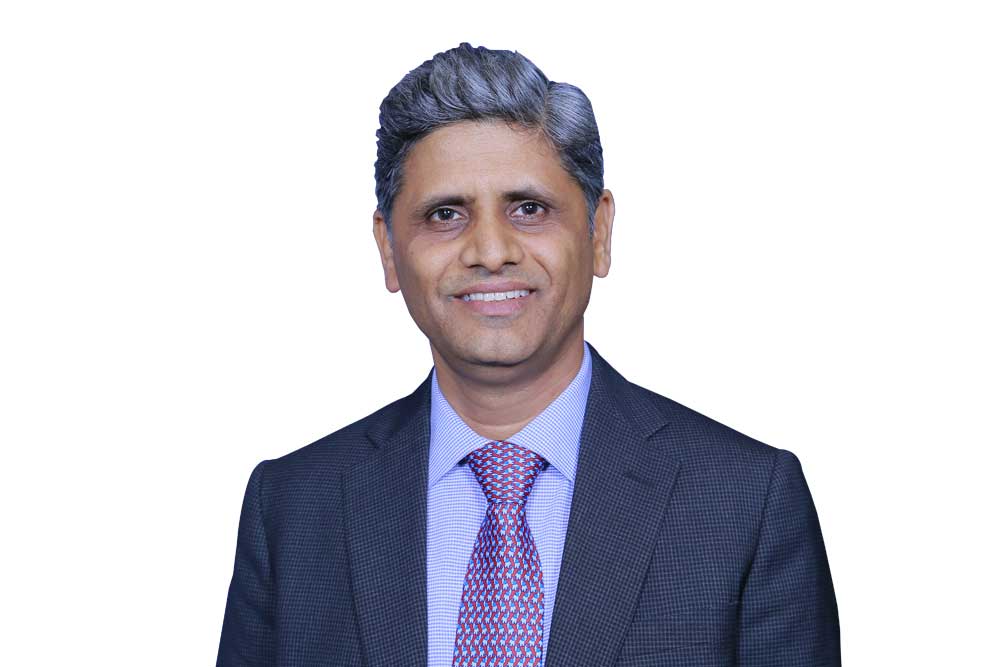FM Nirmala Sitharaman has identified “Aspirational India”, “Economic Development” and “Caring Society” as the prominent themes of Budget 2020. She says, these themes are like flowers in a bouquet held by a pair of hands - one hand is of good governance and the other is of the financial sector. She highlights the importance of a clean, reliable and robust financial sector to the economy with its ambitious growth targets.
On policy front, the increase of government’s insurance coverage for bank deposits from Rupees one lac (since 1993) to Rupees five lacs provides much needed assurance to the larger public. NBFCs have a shot in their arm with the proposed move to improve their debt recovery prospects under SARFAESI Act, 2002, through reduced limits of eligible asset size and loan size. There are multiple proposals to improve working capital availability for MSMEs. The developments on the major disinvestment announcements would be closely watched.The move to increase FPI limits in corporate bonds (from 9% to 15%), the plans to open specified g-sec categories fully to non-resident and residents alike, and to float a new Debt ETF should help deepen the debt markets. The International Bullion Exchange in the GIFT IFSC is promising new opportunity for foreign investors.
On direct taxes, the chief highlight is the dividend taxation proposal. Based on the ask of certain players, the prevalent regime of levy of dividend distribution tax at source while dividends are exempted in the hands of the receiver (i.e, shareholder/ unitholder) is being abandoned. With dividends now being taxed in the receiver, there are mixed implications. While higher dividends would flow out for all investors and also bring significant tax savings for some investors, several others may face higher tax costs. Of course, there would be enormous reporting requirements for the company or the fund distributing the dividend or even the recipient.
The approaching 31 March 2020 sunset for the regime of lower 5 per cent withholding tax on interest payable to specified debt types from non-resident lenders/ investors (sections 194LC/ 194LD) gets extended to 30 June 2023. Municipal bonds also now get covered under this regime. For interest on bonds listed in the IFSC, the withholding tax stands further reduced to 4 per cent.
The move to exempt long term investment income of sovereign wealth funds in specified infrastructure projects is aimed to boost several ongoing and new initiatives.
The move to spare loans made by local branches of foreign banks from the rigours of thin capitalization tax (section 94B) is welcome. While banks and insurance companies as borrowers remain safeguarded from thin capitalization, the discrimination faced by NBFCs as borrowers continues.
The safe harbour for management of offshore fund by Indian fund manager (section 9A), originally introduced in 2015, and steadily improvised over time, is further enhanced. The qualifying condition for the fund to have INR 100 crore corpus, can now be met within 12 months of set-up. During the first three years of the fund, the fund manager’s capital upto INR 25 crore would not be counted towards the five percent investment limit for residents.
With rising instances of segregation of portfolios by mutual funds on occurrence of credit event, as per SEBI’s mandate, tax clarity was needed. Now, for the additional units allowed in the new scheme (representing the segregated portfolio), the period of holding in the original scheme would be counted. The cost of such units would be determined on a proportionate basis, based on net asset values in the two schemes at the time of segregation.
Clarity has been provided regarding tax losses and unabsorbed depreciation in cases of amalgamation of PSU banks and now, even PSU insurance institutions. While some clarification has been provided on non-life companies’ taxation, there is yet no news on the separate tax regime for reinsurance companies.
More encouragement for start-ups. One is the proposal to defer the taxation of ESOP in the hands of employees. On the tax holiday front, the turnover eligibility criteria has increased from INR 25 to INR 100 crore. Outer duration window for the 3 years’ holiday is increased from initial seven years to 10 years.
The increase in the minimum threshold for applicability of tax audit rigours from INR 1 crore to INR 5 crore should provide ease to more businesses.
“Faceless enquiry”, currently applicable to tax assessments, is being extended to appeal and penalty procedures. In relevant cases, the new amnesty scheme deserves careful, timely evaluation, given the promised relief from interest, penalties and uncertainty.
The new alternative given under the personal tax rate regime is a trade-off between long term saving and short-term tax saving and does not make sense. The market ask on exemption of long-term capital gains or the abolition of STT, with the introduction of long term capital gains on equities in 2017, is not met. Many other misses too, but one does take note of the several steps taken over time. So, one hopes this journey will continue with a consultative mindset, in the best interests of the economy and all stakeholders.
The author is a Partner and Head, Financial Services, Tax, KPMG in India; Sowmya Anantharaman (CA) also contributed to this piece

